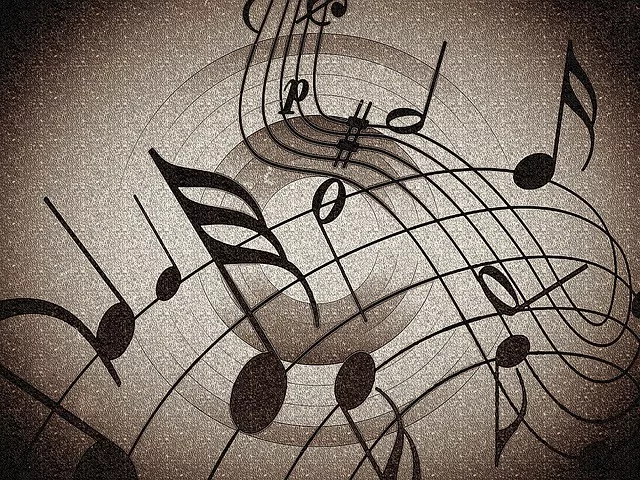Il existerait une corrélation entre la capacité d’un enfant à comprendre les règles de grammaire et sa capacité à distinguer les rythmes musicaux. C’est ce que démontre une étude réalisée aux États-Unis.
L’étude a été réalisée par Reyna Gordon, professeure au Vanderbilt Kennedy Center. Elle a fait subir un test de reconnaissance musicale à 25 enfants âgés de 6 ans. Le test consistait à leur faire entendre différentes versions de mélodies. Les enfants devaient indiquer si les mélodies étaient différentes ou identiques. Un exercice similaire était par la suite réalisé, cette fois avec des animations vidéo.
Pour le volet grammaire, différentes photos étaient présentées aux enfants, qui devaient répondre à des questions. La professeure a utilisé des indicateurs pour évaluer la grammaire des participants, comme leur capacité à formuler correctement au passé.
Au terme de l’étude, Gordon arrive à la conclusion que les enfants qui ont bien performé dans la portion du rythme musical ont aussi bien performé dans la portion de la grammaire. Elle s’est assurée qu’il n’y avait pas de biais, comme des quotients intellectuels différents, des provenances socioéconomiques divergentes ou des connaissances musicales plus prononcées.
Pour Gordon, le rythme musical et la grammaire partagent des caractéristiques similaires, ce qui pourrait expliquer les résultats de cette étude. La grammaire requerrait la transposition de sons en phrases, en structures et en séquences. De son côté, le rythme musical nécessiterait la même chose, mais un peu inversement. Il nécessiterait l’élaboration d’une séquence et d’une structure afin de produire un rythme adéquat.
Chercheuse de son temps, Gordon a publié une vidéo résumant les grandes lignes de son étude.
Bien que d’autres études seront nécessaires afin d’approfondir ces liens, Gordon est d’avis que ces résultats sont prometteurs. Par exemple, les tests de reconnaissance de rythmes musicaux pourraient devenir des instruments d’évaluation et de dépistage intéressants pour identifier des lacunes en grammaire. Selon elle, il s’agit de la première étude de ce genre à établir des liens entre la capacité à reconnaître les rythmes musicaux et les habiletés en grammaire.






